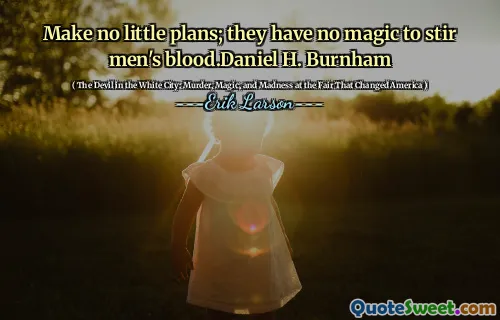Anyone wishing to bring his own Kodak to the fair had to buy a permit for two dollars
In "The Devil in the White City," Erik Larson explores the intricate details of the 1893 Chicago World's Fair, highlighting the juxtaposition of architectural brilliance and sinister events. The fair showcased innovation and cultural landmarks, but it was also a backdrop for dark happenings, particularly concerning the serial killer H.H. Holmes, who exploited the fair's visitors. The narrative intricately weaves together stories of the fair's organizers and the darker themes of crime and madness that shadowed this grand event.
One fascinating detail captured in the book is the requirement for visitors to purchase a permit to bring a camera, such as a Kodak, to the fair for two dollars. This rule reflects the fair's commercial nature and the growing popularity of photography at the time. It adds to the ambiance of the event, where excitement over the latest technologies coexisted with a sense of foreboding, mirroring the contrast of beauty and horror prevalent throughout the fair's history.






